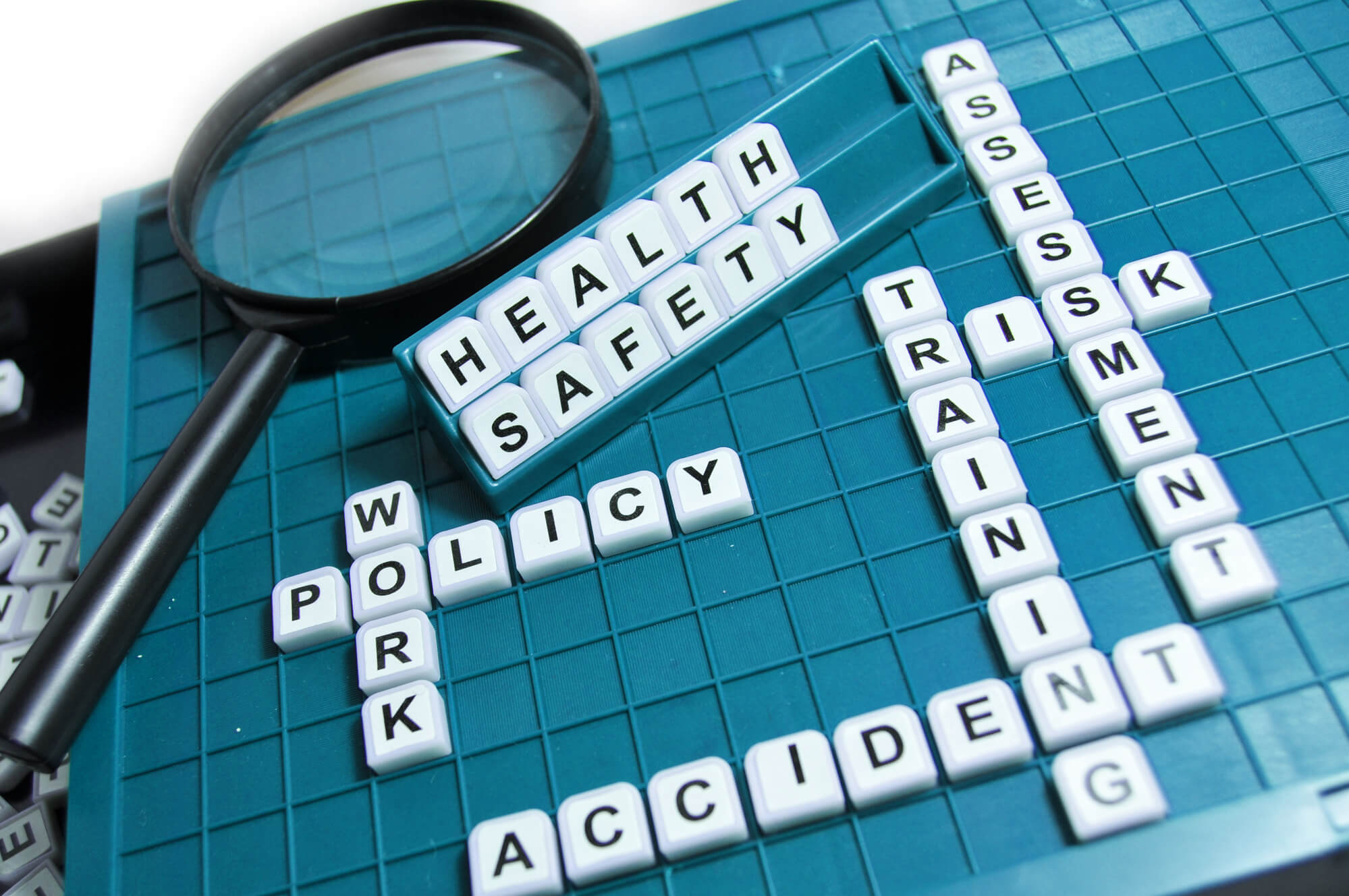In today's unpredictable world, emergency preparedness is crucial in ensuring the safety of individuals and organisations. This article sheds light on the significance of Personal Emergency Evacuation Plans (PEEP's) and Generic Emergency Evacuation Plans (GEEP's) in enhancing emergency response capabilities. By understanding the components, similarities, and differences between PEEP's and GEEP's, individuals and organisations can tailor evacuation plans to meet specific needs and ensure safety in critical situations.
Understanding Personal Emergency Evacuation Plans (PEEP's)
Personal Emergency Evacuation Plans (PEEP's) are vital tools designed to cater to the specific needs of individuals with disabilities, impairments, or mobility limitations during emergency evacuations. By identifying individual requirements and limitations, PEEP's provide tailored evacuation strategies to ensure that everyone can safely evacuate a building in an emergency. PEEP's play a crucial role in creating inclusive and accessible evacuation procedures, complying with legal obligations, and assisting individuals who may need additional support during evacuations.
Components of a PEEP
PEEP's comprise various components that address the unique needs of individuals. This includes assessing individual needs and limitations, identifying primary and secondary means of escape, and establishing communication methods and assistance arrangements. PEEP's also emphasise the importance of providing appropriate evacuation training for individuals with disabilities or impairments, ensuring they understand the procedures and can safely navigate the evacuation process.
Understanding Generic Emergency Evacuation Plans (GEEP's)
Generic Emergency Evacuation Plans (GEEP's) serve as a broader framework for emergency preparedness, applicable to various occupants in different settings such as buildings, premises, or organisations. While PEEP's focus on individual needs, GEEP's consider the safety and well-being of all occupants during emergencies. GEEP's establish clear evacuation procedures, communication methods, and roles and responsibilities for designated personnel, ensuring a coordinated and effective response to emergencies.
Components of a GEEP
GEEP's encompass several crucial components to facilitate safe and efficient evacuations. These include identifying potential emergency scenarios and hazards specific to the building or premise, establishing clear evacuation procedures and protocols, implementing effective communication methods and alert systems, defining roles and responsibilities for designated personnel, and outlining training requirements for employees and occupants. GEEP's consider factors such as the layout of the building, the availability of equipment and communication devices, and the need to regularly assess and assist individuals who may require additional support during evacuations.
Key Similarities and Differences Between PEEP's and GEEP's
PEEP's and GEEP's share the common goal of ensuring safety during emergencies. However, there are notable differences between the two:
- Tailoring Plans to Meet Specific Needs vs. Broader Framework: PEEP's focus on individual requirements, while GEEP's provide a more general approach applicable to all occupants.
- Individual-Focused Approach vs. Broader Occupant Considerations: PEEP's prioritise the specific needs of individuals with disabilities or impairments, while GEEP's consider the safety and well-being of all occupants, including customers, employees, and visitors.
- Collaboration with Individuals vs. Engaging Multiple Stakeholders: PEEP's require collaboration with individuals to understand their limitations and develop tailored evacuation strategies, while GEEP's involve engaging multiple stakeholders to ensure an effective response from various departments or organisations.
- Compliance with Legal Requirements for Accessibility and Emergency Preparedness: PEEP's and GEEP's align with legal obligations and regulations about accessibility and emergency preparedness, ensuring that evacuation procedures are acceptable and inclusive.

Developing and Implementing Effective PEEP and GEEP
To develop and implement effective PEEP's and GEEP's, organisations and individuals can follow these best practices:
Conduct Thorough Risk Assessments
- Identify potential emergency scenarios and hazards specific to the building or premises.
- Assess the vulnerabilities and limitations of individuals with disabilities or impairments.
- Consider fire risks, structural weaknesses, and the need for specialised equipment or communication devices.
Involve Stakeholders in the Planning Process
- Collaborate with individuals requiring PEEP's to understand their specific needs and limitations.
- Contact relevant departments, employees, and occupants to gather input and insights.
- Encourage open communication and participation to ensure inclusivity and effectiveness.
Document and Disseminate the Plans
- Create comprehensive and easily accessible PEEP's and GEEP's in written or digital formats.
- Clearly outline evacuation procedures, communication methods, and roles and responsibilities.
- Ensure that all employees, occupants, and individuals requiring PEEP's have access to the plans.
Regularly Review, Drill, and Update
- Conduct regular reviews of the PEEP's and GEEP's to assess their effectiveness and relevance.
- Perform evacuation drills and exercises to test the response and identify areas for improvement.
- Update the plans based on feedback, lessons learned, regulation changes, or organisational structures.
Collaboration with Emergency Response Agencies
- Establish relationships with local emergency response agencies and authorities.
- Coordinate efforts, share information, and align plans with their response procedures.
- Conduct joint drills and exercises to enhance coordination and evaluate response capabilities.
By following these practices, organisations and individuals can enhance their emergency preparedness and response capabilities, ensuring the safety and well-being of everyone in the event of an emergency.
Benefits and Best Practices of PEEP's and GEEP's
Implementing effective PEEP's and GEEP's provide several benefits, including:
- Ensuring inclusivity and accessibility for individuals with disabilities or impairments during evacuations.
- Minimising risks and enhancing the overall safety of employees, occupants, and visitors.
- Complying with legal obligations and industry standards related to emergency preparedness.
- Regularly training and updating employees and occupants on evacuation procedures and safety measures.
Adhering to these best practices promotes a culture of safety, preparedness, and inclusivity within organisations and public spaces.
Conclusion
In conclusion, Personal Emergency Evacuation Plans (PEEP's) and Generic Emergency Evacuation Plans (GEEP's) are crucial in enhancing emergency preparedness for individuals and organisations. While PEEP's focus on tailoring evacuation strategies to meet the specific needs of individuals with disabilities or impairments, GEEP's provide a broader framework for ensuring the safety of all occupants. By implementing effective PEEP's and GEEP's, organisations and individuals can mitigate risks, comply with regulations, and foster a safe and inclusive environment during emergencies. Prioritising the development and implementation of PEEP's and GEEP's is essential in enhancing overall emergency response capabilities and safeguarding the well-being of everyone involved.
